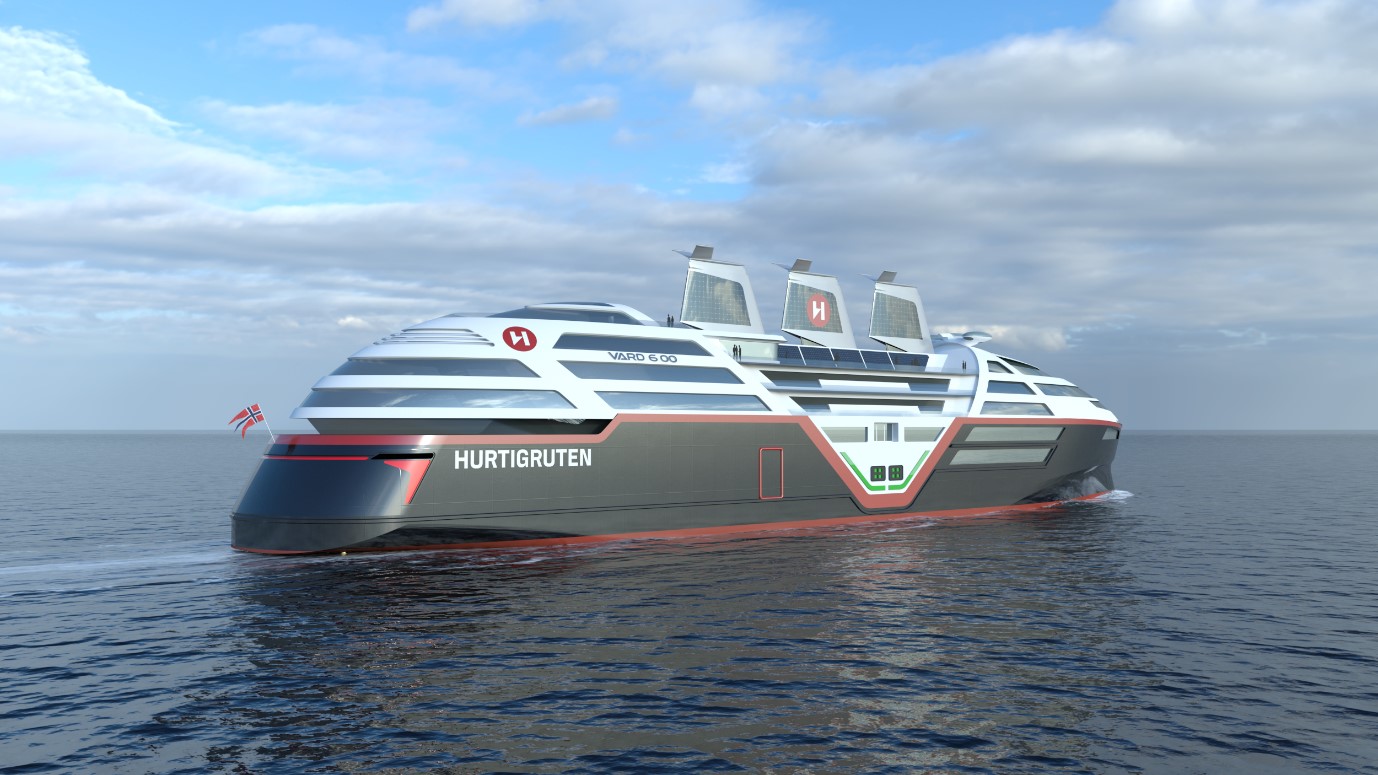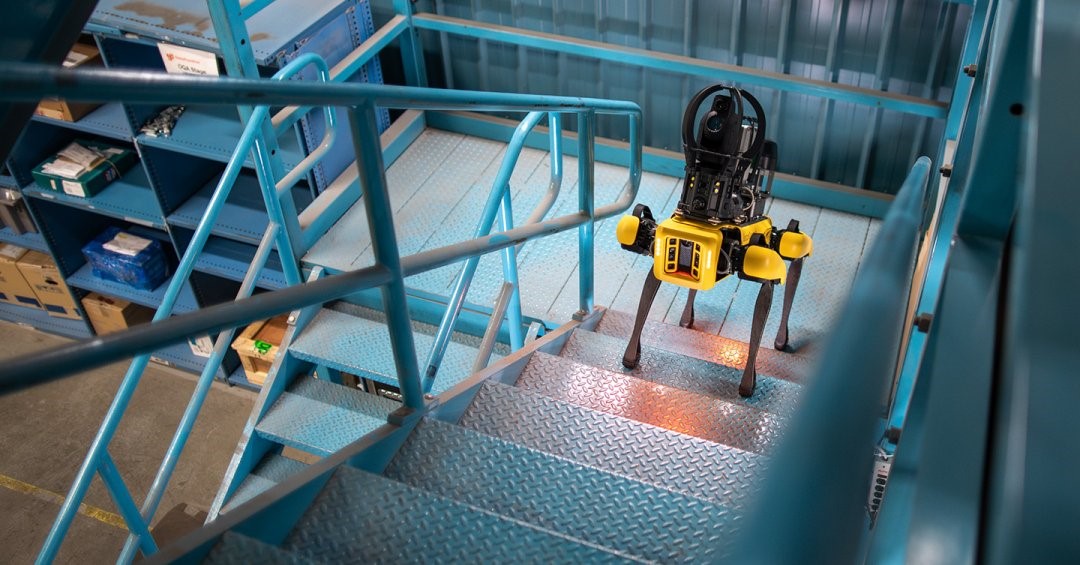Hurtigruten Norway's Zero-Emission Cruise Ship Redefines Sustainable Travel
In a remarkable stride towards sustainable travel, Hurtigruten Norway has unveiled its ambitious plans for the world's first zero-emission cruise ship. Embarking on this groundbreaking initiative, the company, along with a consortium of 12 maritime partners and SINTEF research institute, aims to revolutionize marine travel by developing energy-efficient and carbon-neutral technology solutions. After a year of intensive research, the consortium has unveiled early concept plans for a cruise ship that promises to be the epitome of energy efficiency and sustainability.

Figure 1. Sea Zero visual concept visualization. (Credit: VARD Design)
Figure 1 shows Sea Zero visual concept visualization. Scheduled for completion in 2030, the first ship under this project, named 'Sea Zero,' will be specifically designed for the Norwegian coast, reflecting Hurtigruten Norway's commitment to sustainable operations in the region. This pioneering vessel will pave the way for the transformation of the entire fleet into zero-emission vessels, aiming to significantly improve the environmental footprint of the global cruise industry.
The zero-emission ships of the future will be powered by electric batteries that can be charged while in port. Incorporating advanced technologies, such as retractable sails with solar panels, artificial intelligence maneuvering, contra-rotating propellers, and multiple retractable thrusters, these vessels will boast unparalleled energy efficiency and innovative solutions not seen in traditional cruise ships. Additionally, air lubrication, advanced hull coating, and proactive hull cleaning will further enhance their performance. The ship's bridge will undergo a significant reduction in size, thanks to enhanced A.I. maneuvering, resembling the streamlined cockpit of an airplane. Leveraging their extensive knowledge of the Norwegian coast, Hurtigruten Norway will utilize artificial intelligence to collect data and optimize docking and undocking procedures, particularly during adverse weather conditions.
Aesthetics and guest comfort are paramount considerations in the ship's design. Its streamlined shape will reduce air resistance, resulting in reduced energy consumption and enhanced passenger comfort. The vessel will feature ample outdoor space and enlarged surface areas with dedicated windows, offering guests unparalleled views of the breathtaking Norwegian coastline, often hailed as the world's most beautiful.
To ensure maximum energy conservation, guests will actively participate in minimizing energy consumption through an interactive mobile app. This app will enable them to control cabin ventilation and monitor their water and energy usage, fostering a culture of responsible and conscious travel.
With the Sea Zero project now entering a two-year phase, the proposed technologies will undergo rigorous testing and further development, culminating in the creation of the final zero-emission ship. Key areas of focus include battery production, propulsion technology, hull design, and the implementation of sustainable practices to minimize energy usage. Notably, hotel operations, which account for a significant portion of total energy consumption, will undergo technological advancements to achieve a targeted 50% reduction compared to Hurtigruten Norway's current ships.
While the company is dedicated to delivering its first zero-emission ship, it is also committed to an extensive environmental upgrade of its existing fleet, making it one of the most significant initiatives in European maritime history. Battery-hybrid systems have already been installed on two out of seven ships, with a third scheduled for upgrade in the coming months. The remaining vessels will also be equipped with various technologies to reduce CO2 emissions by 25% and nitrogen oxide (NOx) emissions by 80%. Notably, Hurtigruten Expeditions, the company's sister branch, introduced the world's first battery-hybrid-powered ship, MS Roald Amundsen, in 2019, and currently has three battery-hybrid ships in its seven-ship fleet.
Measuring 135 meters (443 feet) in length, the new zero-emission ship will accommodate 500 guests and 99 crew members across its 270 cabins. Reflecting Hurtigruten Norway's longstanding commitment to cargo transportation, the vessel will also boast a substantial cargo hold to facilitate the transport of cars and other goods.
Hurtigruten Norway's endeavor to create the world's most energy-efficient cruise vessel marks a significant milestone in sustainable travel, serving as an inspiration for the industry to embrace greener practices and prioritize the preservation of our planet's natural wonders.
Source: Hurtigruten
Cite this article:
Hana M (2023), Hurtigruten Norway's Zero-Emission Cruise Ship Redefines Sustainable Travel, AnaTechMaz, pp.301















